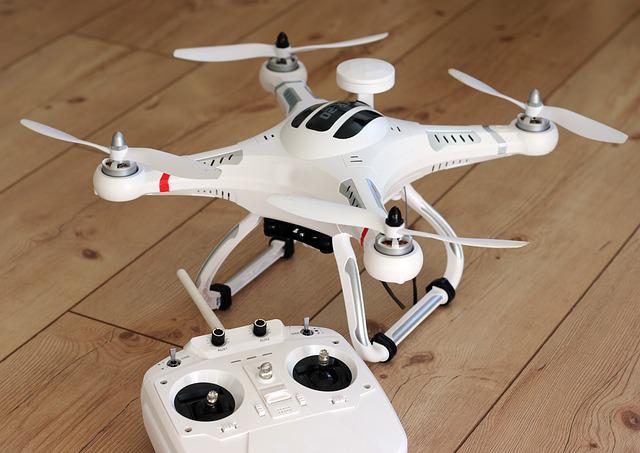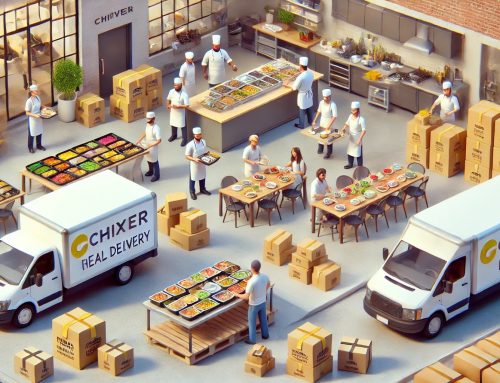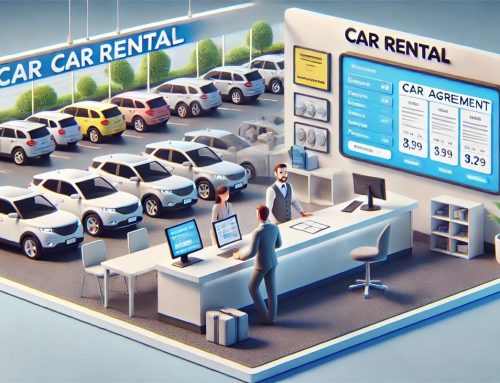July 28, 2022
We can all see that the sky is no longer the limit at this point. Before long, we might be renting commercial spacecraft to travel to Mars, taking flying cabs to work, and having our Amazon packages delivered by drones.
Particularly drone deliveries are quickly approaching scalability and international acceptance.
Since the COVID-19 pandemic and lockdowns, this technology has gained fresh popularity because it gives people a speedier method to receive what they need when they need it without adding to the already-heavy traffic on the highways.
An autonomous 24/7 depot-to-parcel-station model could fit safely and effectively in urban environments, including areas of multi-story housing, where more than two-thirds of the world’s population are expected to live by 2050, according to a new study by UVL Robotics, a California-based provider of AI-powered drone solutions.
Based on over a year of actual use of its own autonomous system in Muscat, the Sultanate of Oman’s capital and home to over a million people, UVL Robotics conducted their research.
The business is the only company in the world to hold a complete Beyond Visual Line of Sight (BVLOS) drone operation license issued by the local and civil aviation authorities of Oman.
Usually, the cost of last-mile delivery accounts for close to half of the entire cost of shipping.
In this pricey sector, which is expected to reach €50 billion by 2028, drones might be a useful and affordable answer.
According to a UVL Robotics study, utilizing drones to carry packages in metropolitan areas would soon be at most equally expensive as using employees.
In a situation where six drones make 192 rapid trips each day within a 10 km radius, the average receipt price of delivering a 3 kg supermarket parcel will be $5 (€4.89) or less.
According to a World Economic Forum estimate, the growth of last-mile delivery due to the e-commerce boom is anticipated to reach 78% by 2030, which might result in an increase of over 30% in carbon emissions from delivery traffic in the world’s 100 largest cities.
In many aspects, drone-based delivery methods are more environmentally friendly than land-based ones.
The autonomous last-mile delivery business model has also shown to be scalable and cash-positive.
The strategy is far more financially viable than a piloted drone model because to autonomy, payload-specific containers, and set paths from depots to parcel stations.
After ten years of development, Amazon is already completely committed to the race and declared in June that California would receive the first Prime Air drone deliveries “later this year.”
Source: Euronews
Legal Notice: The information in this article is intended for information purposes only. It is not intended for professional information purposes specific to a person or an institution. Every institution has different requirements because of its own circumstances even though they bear a resemblance to each other. Consequently, it is your interest to consult on an expert before taking a decision based on information stated in this article and putting into practice. Neither Karen Audit nor related person or institutions are not responsible for any damages or losses that might occur in consequence of the use of the information in this article by private or formal, real or legal person and institutions.






